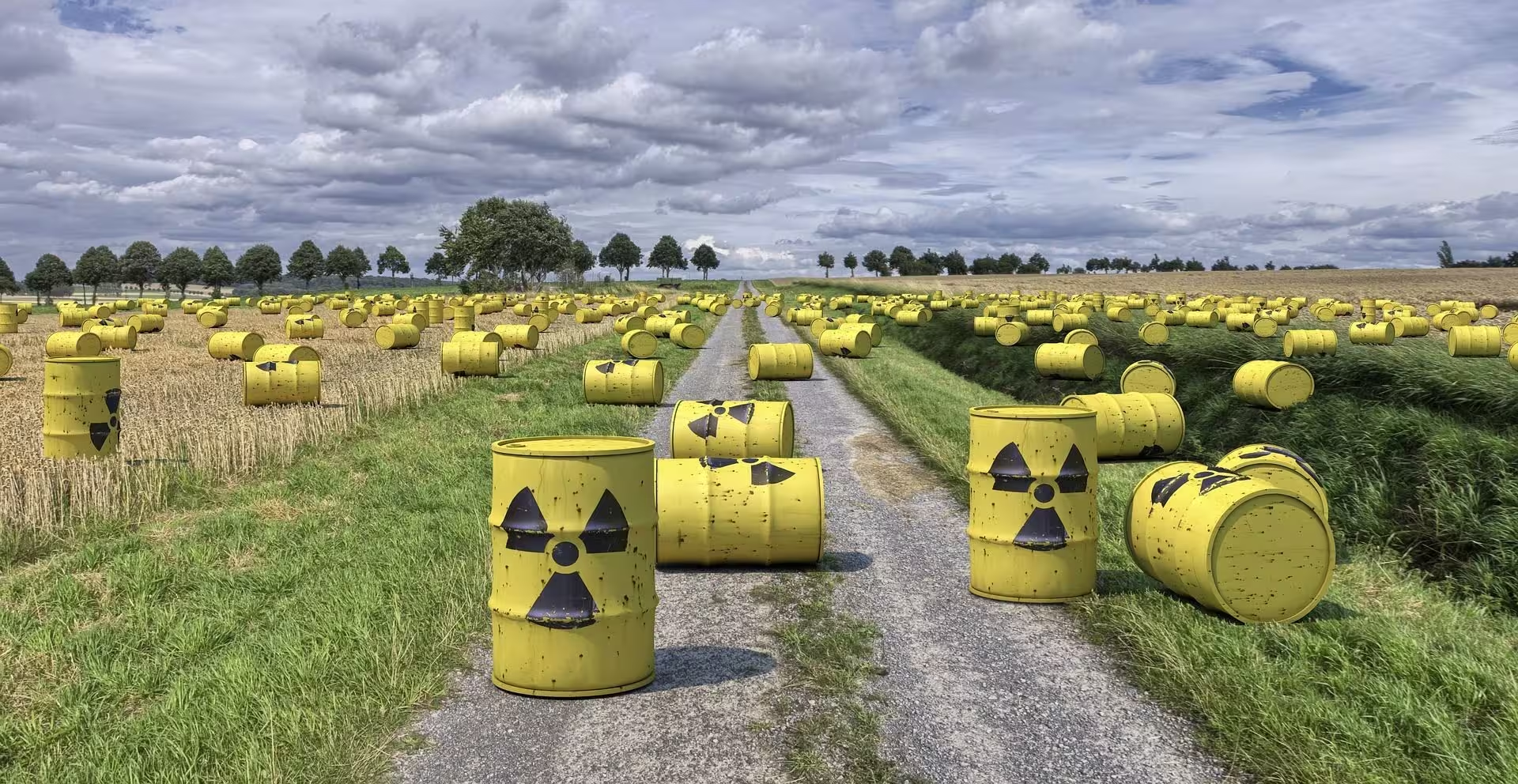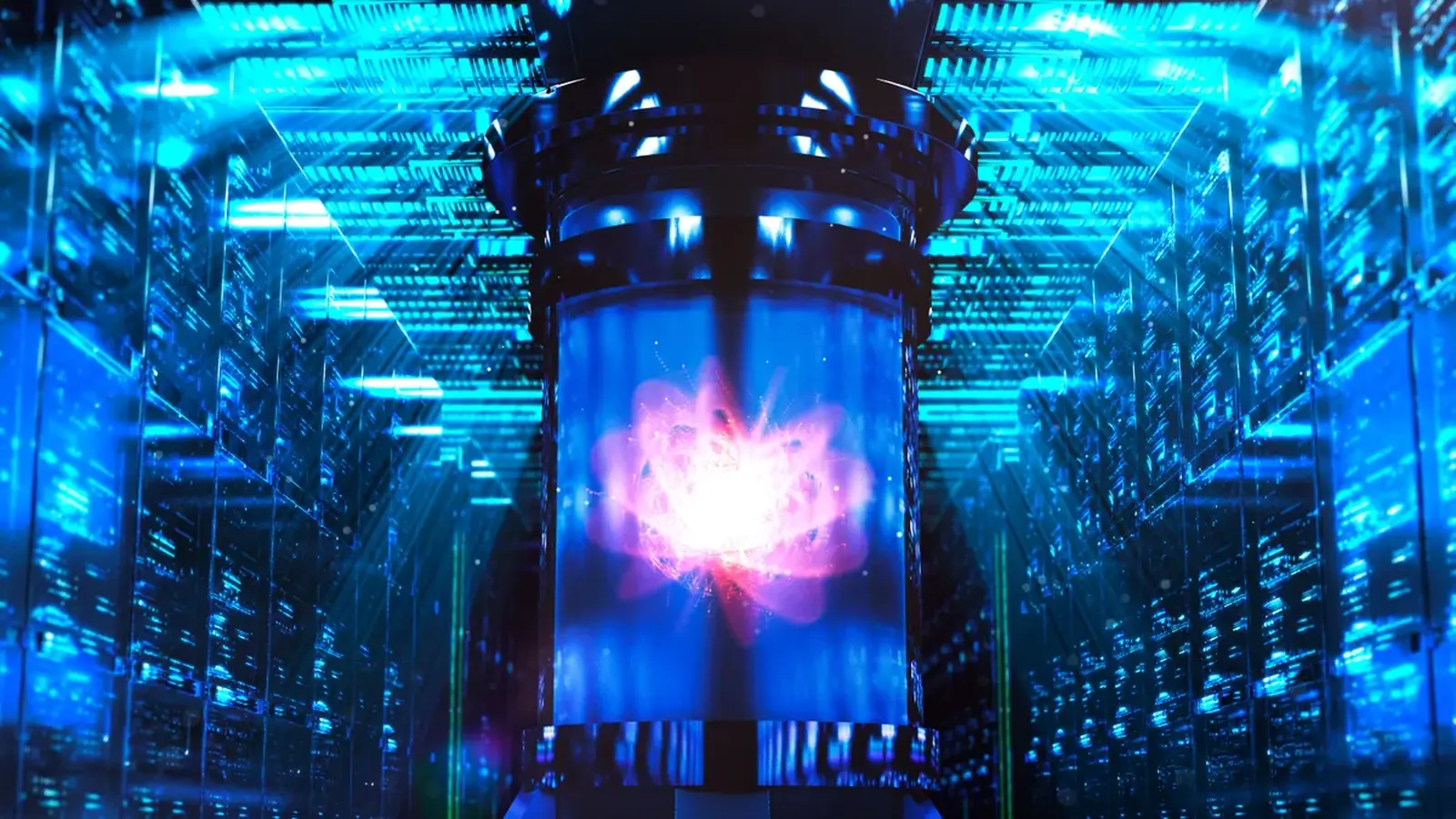6 Minutes
Background: Why tritium matters for fusion
Nuclear fusion — the process of combining light atomic nuclei to release energy — is widely viewed as a potential source of abundant, low-carbon electricity. Among proposed fusion reactions, the deuterium–tritium (D–T) reaction is the most accessible for first-generation power devices because it requires lower temperatures and energy input than other fusion channels. Tritium, a radioactive isotope of hydrogen, is a required fuel for D–T fusion but is rare, costly to produce and decays with a half-life of about 12.3 years (roughly 5.5% loss per year in bulk stores).
Terence Tarnowsky, a physicist at Los Alamos National Laboratory, presented a proposal at the American Chemical Society fall meeting suggesting that tritium could be generated from materials already present in spent nuclear fuel. His concept aims to convert some components of long-lived nuclear waste into useful fusion fuel using targeted irradiation techniques and particle accelerators. If feasible and economical, the approach could address two strategic challenges for fusion development: fuel supply and long-term spent-fuel management.
The proposed method: producing tritium from spent nuclear fuel
Standard nuclear power plants operate by fission, splitting heavy nuclei such as uranium to release energy. The result is spent nuclear fuel containing residual uranium and plutonium plus a mix of fission products and radioactive isotopes that remain hazardous for decades to millions of years. Tarnowsky proposes using a particle accelerator to drive transmutation reactions in these wastes, producing tritium as a byproduct.
How it would work (overview)
- A particle accelerator or similar source injects high-energy particles (protons, neutrons or electrons) into processed spent fuel or specific waste fractions.
- Those interactions induce nuclear reactions (spallation and transmutation) that convert existing isotopes into other nuclides, ultimately yielding some tritium.
- The tritium is chemically separated and recovered for use as fusion fuel; the remaining material remains radioactive and must still be managed.
Tarnowsky emphasizes that the basic physics of such transmutation is well understood and that recent advances in accelerator and materials technology could make the process substantially more efficient than older concepts.

Performance, costs, and practical implications
In preliminary estimates, Tarnowsky calculates that an energy input on the order of 1 gigawatt-year (a large operational scale with capital and electricity costs likely amounting to tens of millions of dollars annually) could yield about 2 kilograms (4.4 pounds) of tritium per year. That mass of tritium, if consumed in fusion reactors, could supply electricity sufficient for tens of thousands of U.S. homes for a year — illustrating the high energy density of fusion fuel.
Current tritium supplies in the U.S. are limited and expensive: market and government estimates put the cost around $15 million per pound (about $33 million per kilogram). Converting abundant, government-owned spent fuel into tritium could therefore be both a strategic supply solution and a means to add value to existing radioactive inventories.
However, key caveats remain. The proposed process does not eliminate long-lived radioactivity: the residual material after tritium production would remain hazardous and require secure storage or disposal. Regulatory, security, and environmental reviews would be necessary, and the economics depend heavily on operational costs, capital investment in accelerators, and separation technology.
Technical and regulatory challenges
Several significant challenges must be addressed before this approach could be implemented at scale:
- Engineering demonstration: A pilot facility is needed to prove that accelerators can transmute spent fuel efficiently and at acceptable cost.
- Waste handling and safety: Processing spent fuel to enable irradiation and chemical separation involves complex radiological protections and safeguards to prevent environmental releases.
- Proliferation and policy: Any process involving plutonium-bearing materials will need rigorous oversight to prevent diversion or misuse.
- Economics: Tritium economic value must offset capital and operational costs. Improvements in accelerator efficiency and separation chemistry are critical.
Expert Insight
Dr. Maya Singh, a fictional plasma physicist and energy systems analyst, comments: "Repurposing spent nuclear fuel for tritium production is an imaginative way to address two strategic problems at once — fuel supply for early fusion deployments and the stewardship of radioactive inventories. The physics is plausible, but the real test is systems engineering: how to do it safely, affordably and within strict regulatory frameworks. If those hurdles can be cleared with a pilot program, this concept deserves serious attention as fusion moves from research toward commercialization."
Broader implications and related technologies
If realized, tritium production from spent fuel could shift the economics and deployment timeline for D–T fusion reactors, reduce the need for purpose-built tritium production reactors, and make use of government-owned waste stocks. Related advances that would increase viability include more efficient particle accelerators, improved separation and chemical processing for tritium recovery, and integrated waste-management strategies that co-locate production with secure storage.
Nonetheless, fusion itself still faces the central scientific challenge of ignition: achieving a self-sustaining fusion burn that produces net positive energy on a commercial scale. Fuel supply is only one of several hurdles; engineering a robust, affordable fusion power plant remains a multidisciplinary challenge spanning plasma physics, materials science, and systems engineering.
Conclusion
Harvesting tritium from spent nuclear fuel using accelerator-driven transmutation is a promising idea that could alleviate a major bottleneck for early fusion power plants while extracting value from existing radioactive inventories. The approach does not remove the need for long-term waste management, and it faces technical, economic and regulatory obstacles that require demonstration projects and detailed studies. As fusion research advances, flexible strategies for fuel production — including options that re-purpose current waste streams — could play an important role in enabling the practical deployment of low-carbon fusion energy.
Source: livescience


Leave a Comment